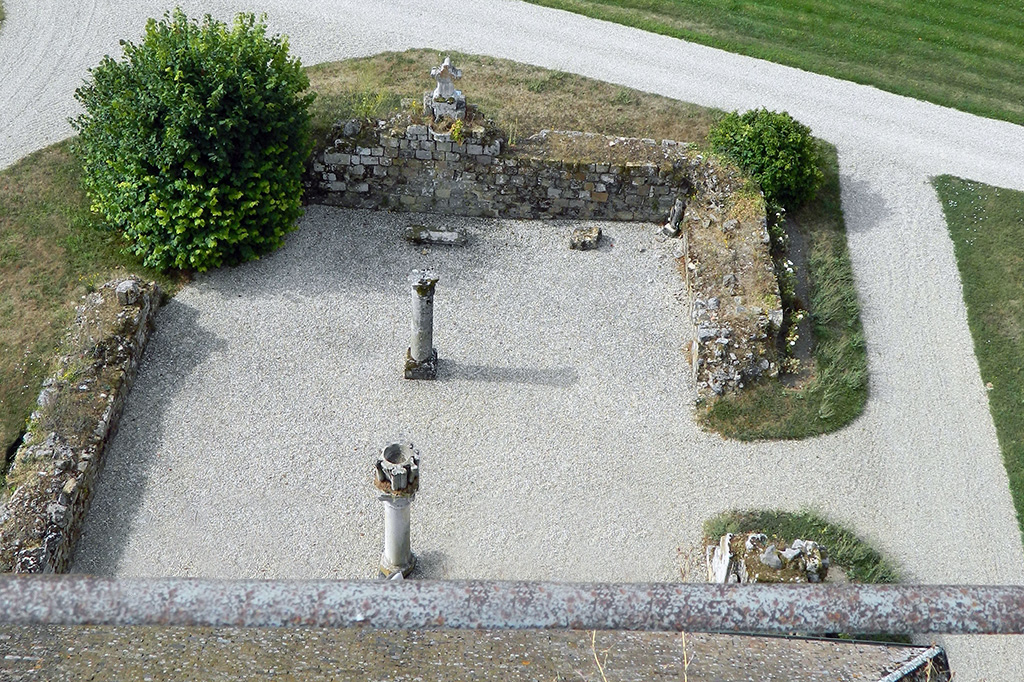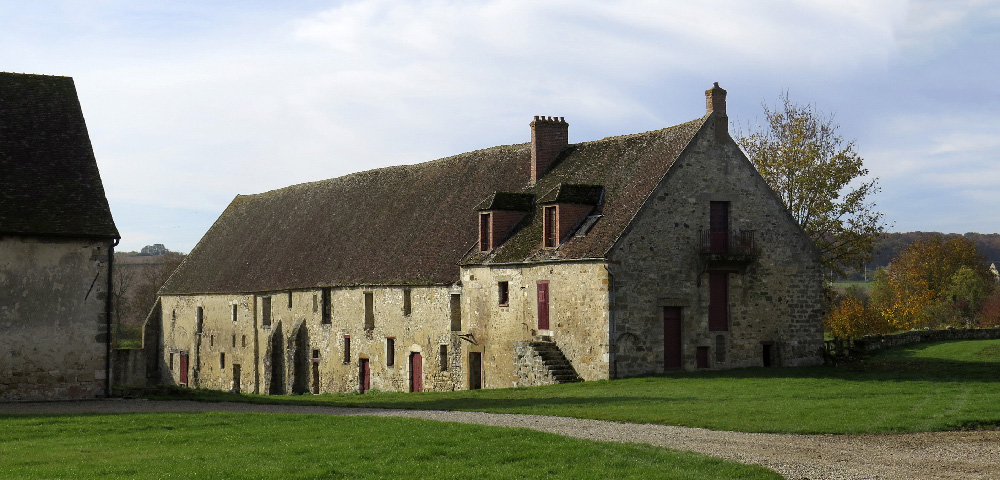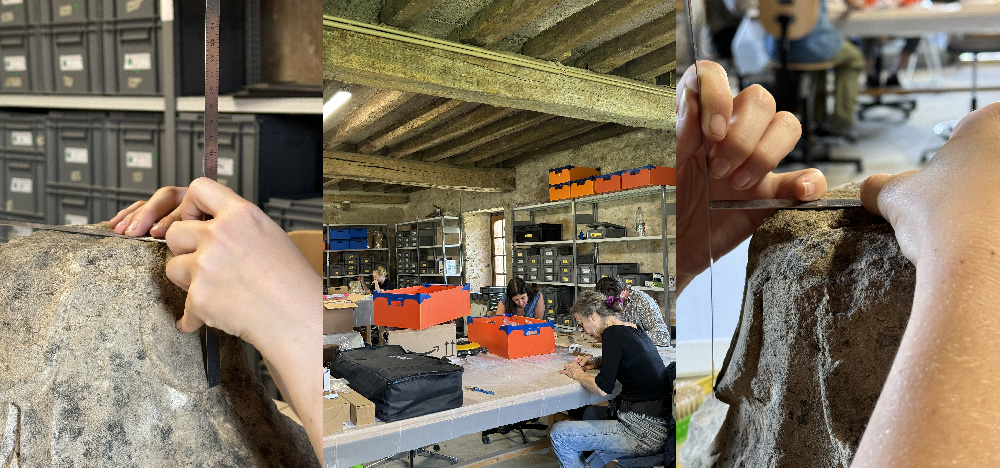Archaeologists at Preuilly
François Blary - Anne-Marie Flambard Héricher
Images / All rights reserved
The initiative for archaeological research on the site of Preuilly originated with François Blary, professor of art history and archaeology at the Université libre de Bruxelles (ULB).

In 2009, a meeting of academics and members of scholarly societies was organized in Preuilly by Patricia Husson, Yves Husson, and Chantal Fouché-Husson to assess the site’s potential for research. François Blary expressed convincing enthusiasm:
“We’re not talking about grabbing shovels and picks and digging into Preuilly’s subsoil as soon as we leave here, but about thinking carefully of the needs for intervention within a framework of reasoned archaeology. Earlier we spoke of interdisciplinarity; archaeology cannot work alone—this has to be a team effort : starting from a core, we bring together the various components.”
Fifteen years later, the approach has not changed:we use all available methods, all talents, to enrich the research.
Following Nathalie Picart’s groundbreaking DEA thesis in 1992, which revealed the extent of the preserved economic estate, François Blary, focused from 2011 to 2015 on creating the most comprehensive portrait possible of the former monastery, using non-invasive methods before any excavation. These included microtopographic surveys with, Richard Jonvel, and geophysical surveys applied to archaeology with Alain Tabbagh, supplemented by building surveys. The goal was to assess the significance of the disappeared structures.
In the cloistered square—the heart of the abbey—many buildings (cloister, refectory, dormitory, kitchen) no longer existed. The abbey church and chapter house were partially preserved but had been excavated in the mid-19th century under Georges Husson. An American team led by Sheila Bonde and Clark Maines conducted work on the preserved section of the chapter house in 2016.

At the same time, François Blary and Anne-Marie Flambard Héricher began studying a nearby domestic building: the Grange des Beauvais. Despite numerous alterations over time, it was selected due to its exceptional state of preservation and the fact that little research had been devoted to the secular domain of Cistercian abbeys.

This research program convinced the Regional Archaeology Service of the Île-de-France Directorate of Cultural Affairs, which has supported the work since 2016.
Excavations were carried out both inside and outside the Grange des Beauvais. Geophysical surveys revealed the presence of structures to the west of the Grange, leading to an expansion of the study area at the foot of the building.

Excavation campaigns are held every year throughout the month of July. Preuilly then hosts a team of around twenty people—professors, supervisors, student interns who spend this training month excavating, recording, labeling, measuring, and drawing.
Preuilly has provided them with a laboratory, allowing discoveries to be archived: cleaning, sorting, identifying, drawing, classifying, and preserving on-site the field notes and artifacts unearthed during these summer campaigns.
